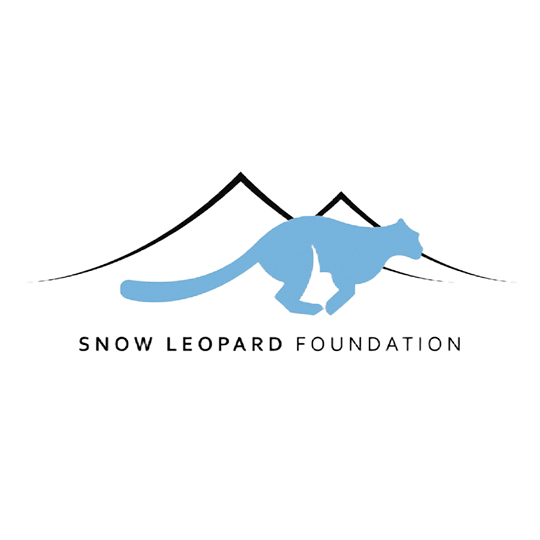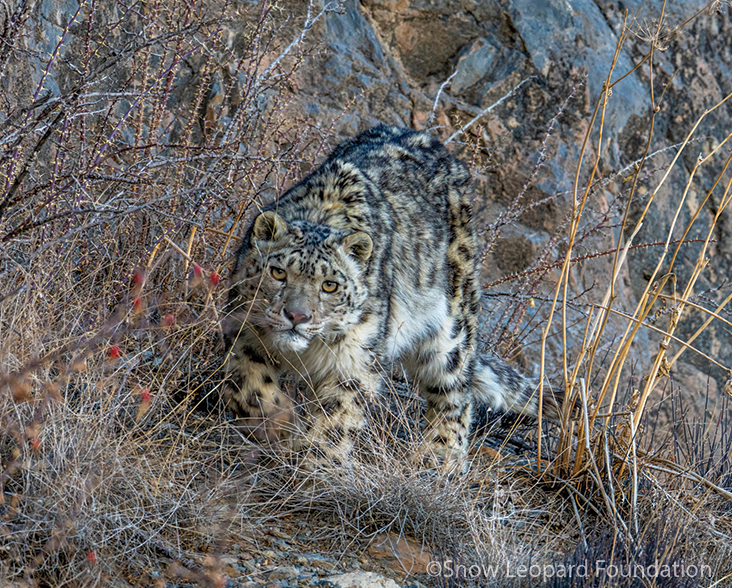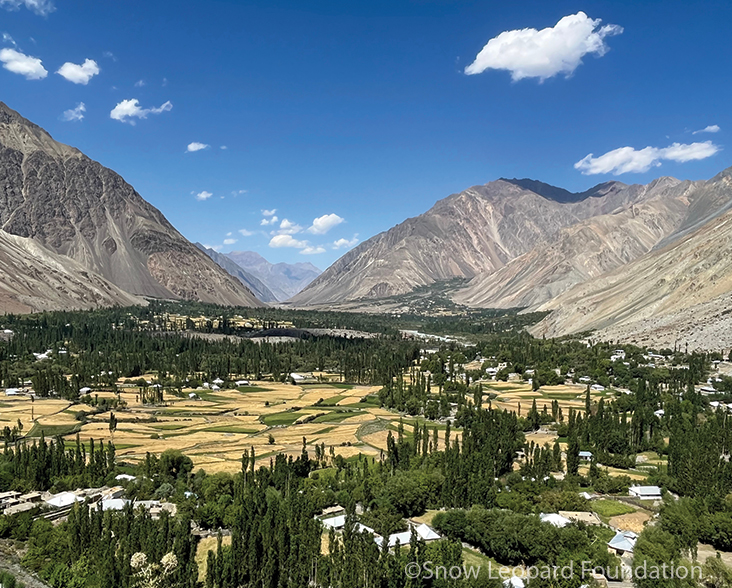Other projects and activities
SLF is strongly committed to protecting Snow Leopards, the wider Laspur region of Paskistan, and the rights and livelihoods of local communities. Their activities include:
– Helping local communities to ‘predator proof’ livestock enclosures (corrals) with metal window grates, solid wooden doors, and frames of wire mesh to form impenetrable roofs.
– Carrying out community-based livestock insurance schemes across 40 valleys to compensate farmers for livestock losses.
– Deploying trail cameras across the region to better understand Snow Leopard behaviour and ecology. This forms part of SLF’s wider aim to fully understand the threats facing wildlife in this region and its conservation opportunities.
– Running education programmes within the local community including ‘nature study camps’ for high school students in the Qurumbar Valley. These programmes promote environmental awareness and responsibility, but also leadership and teamwork skills.
– Supporting alternative livelihoods with training for local women in remote communities in the Upper Chitral region. These programmes cover dressmaking, embroidery, bee keeping, and weaving using Yak (Bos grunniens) fibres. The trainings not only strengthen community bonds but also provide local communities with new avenues for financial independence.
– Restoring degraded land with tree planting, seed saving, and tree nurseries. This includes the community planting of fruit trees across multiple valleys in Gilgit Baltistan.
– The vaccination of livestock in a bi-annual livestock vaccination programme. This supports local herders, some of which lose up to five times more livestock to diseases than to predation.


